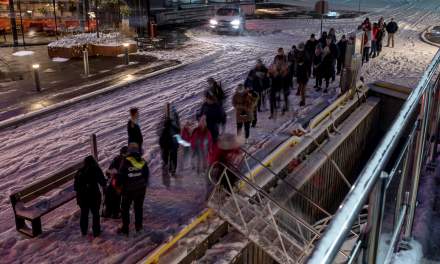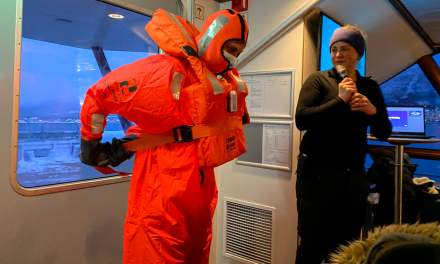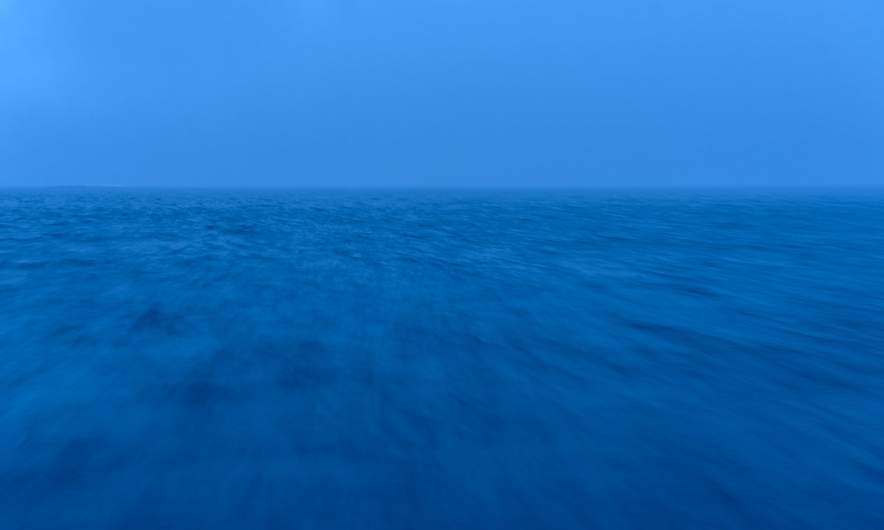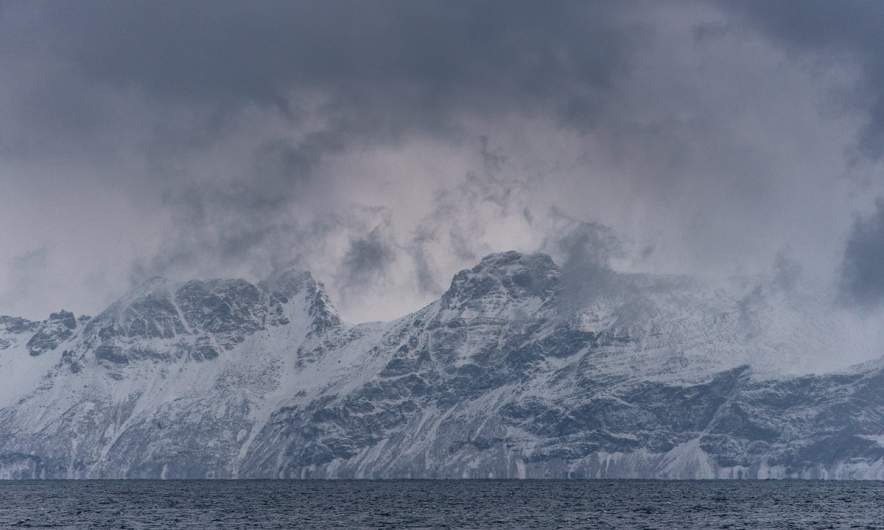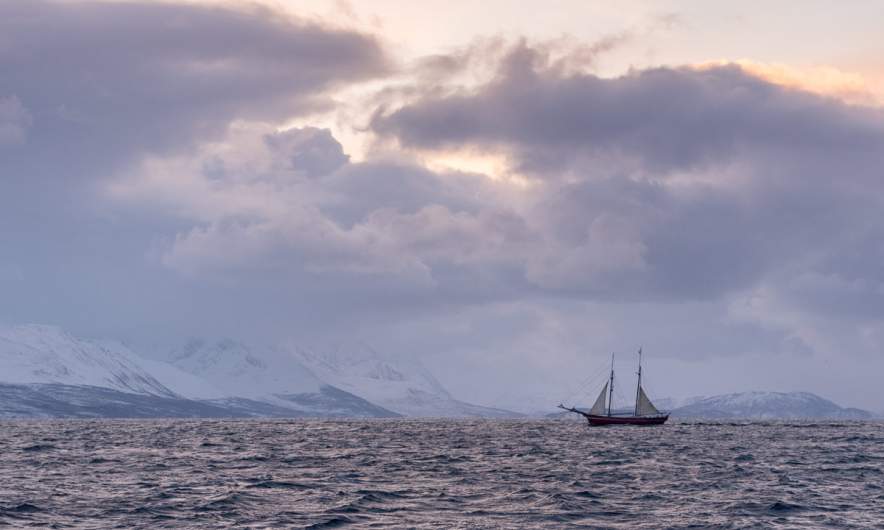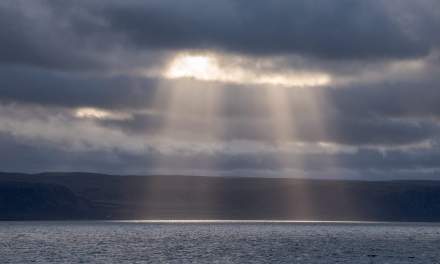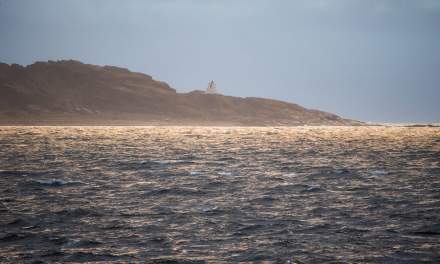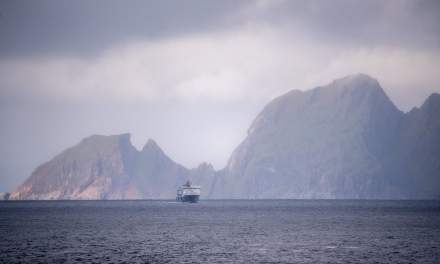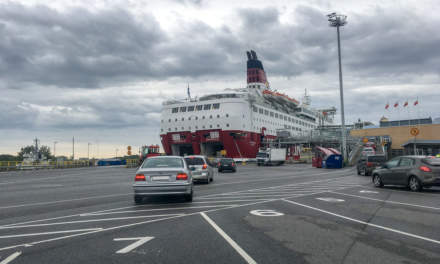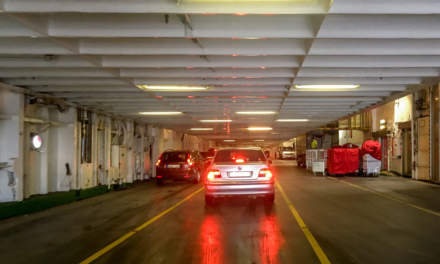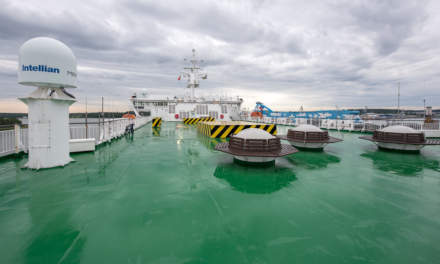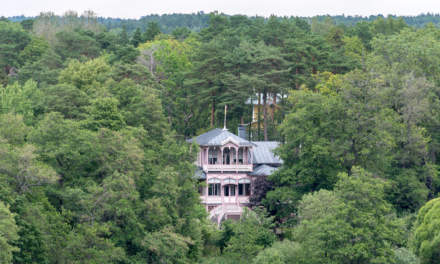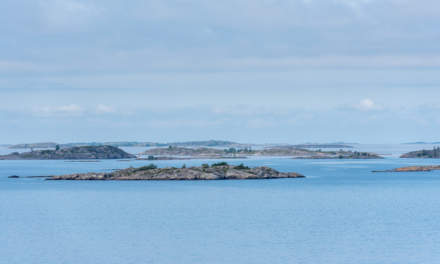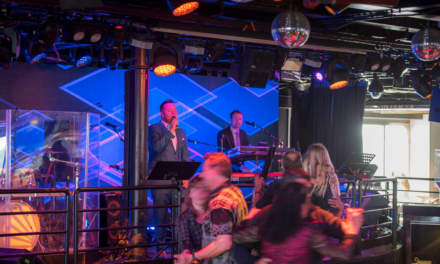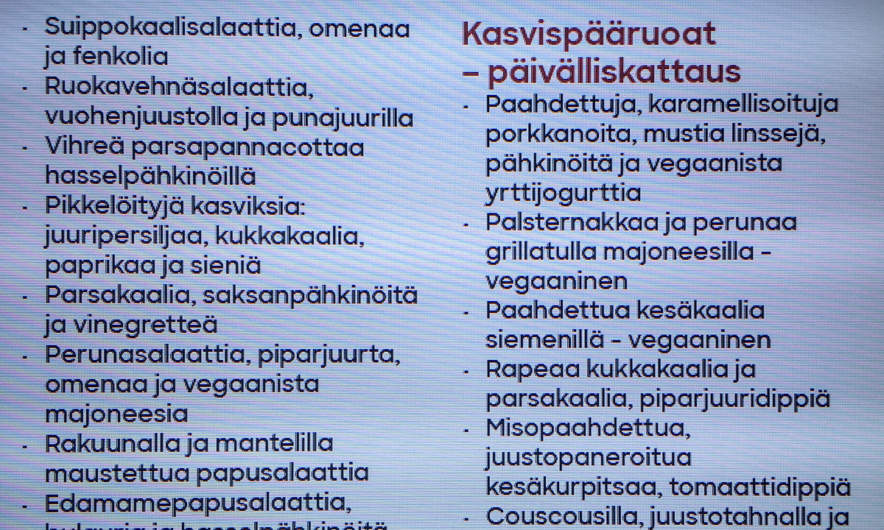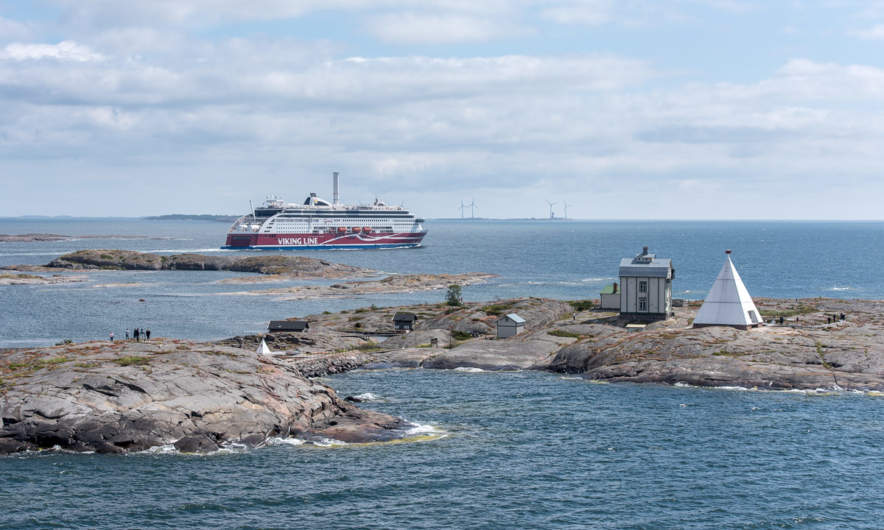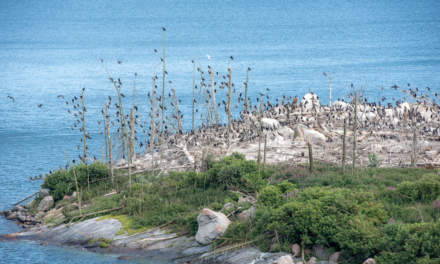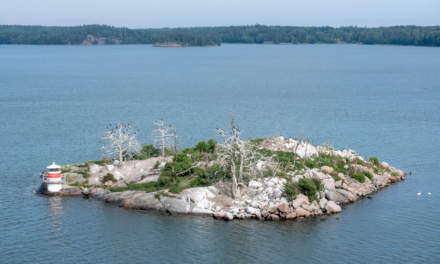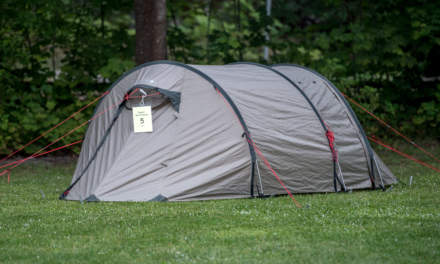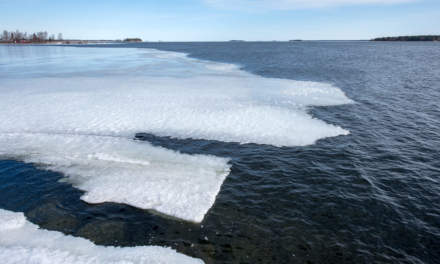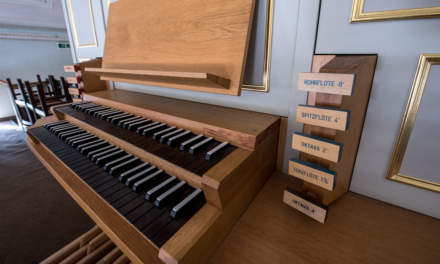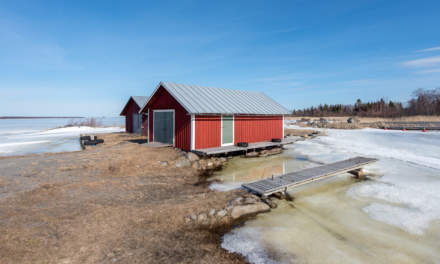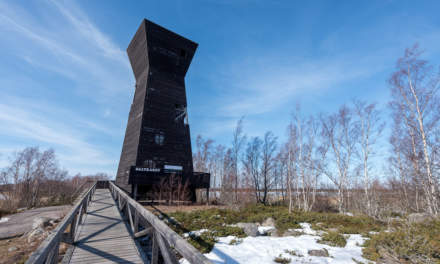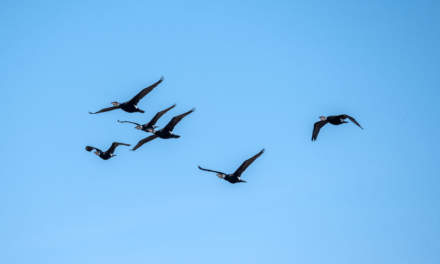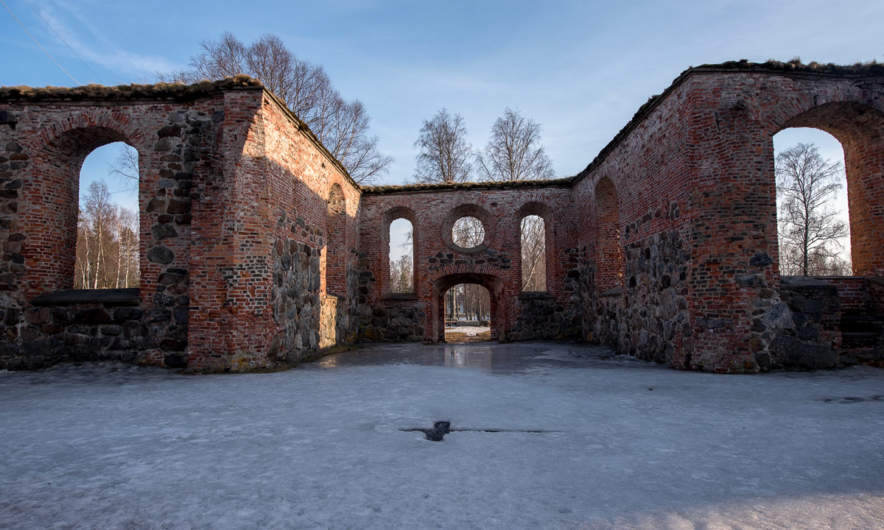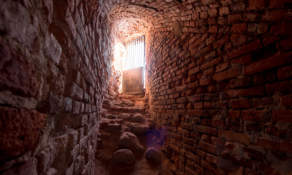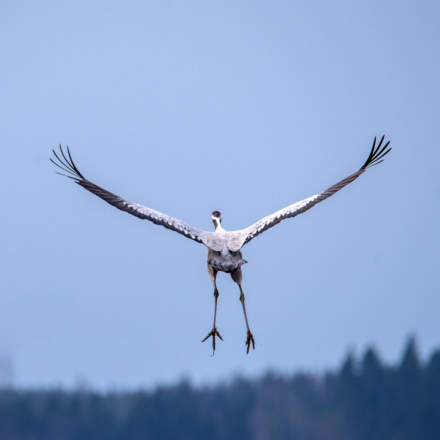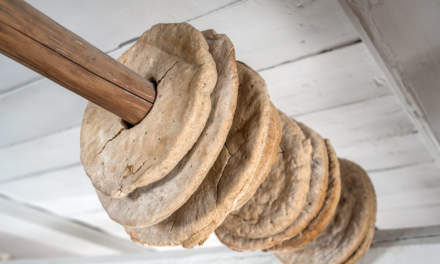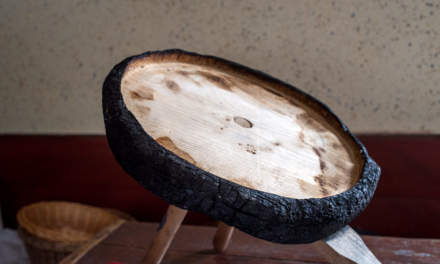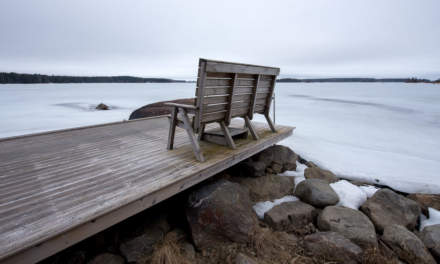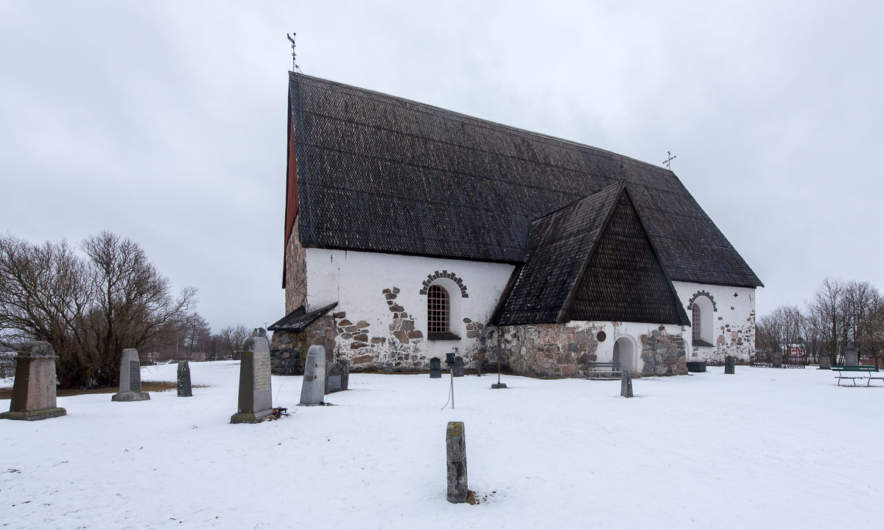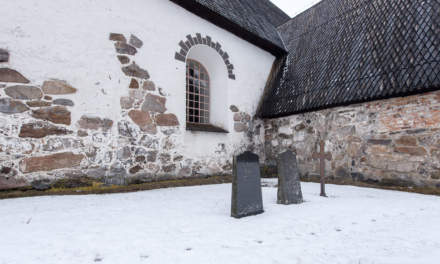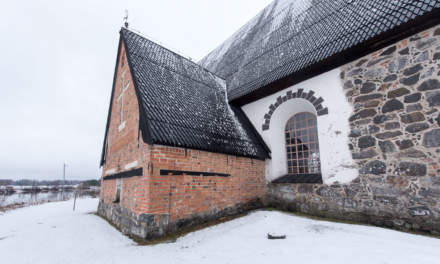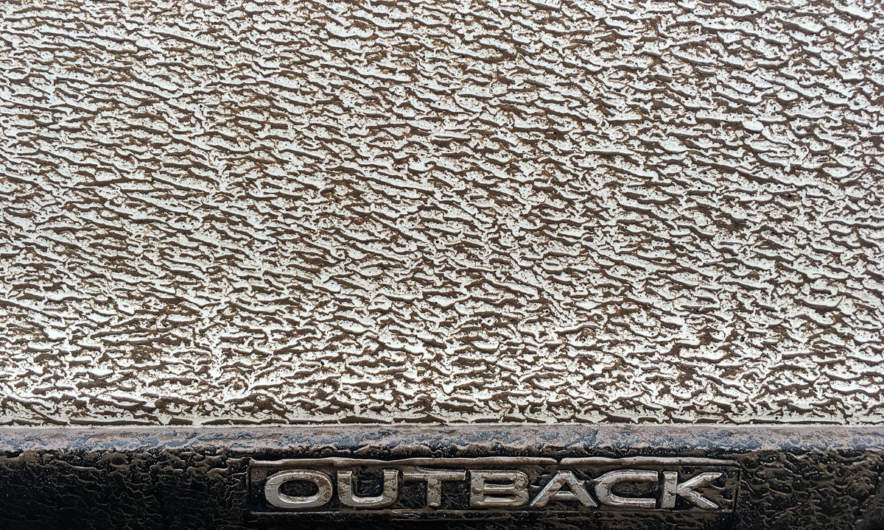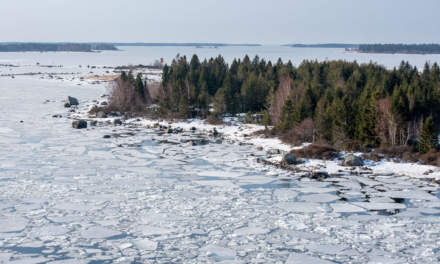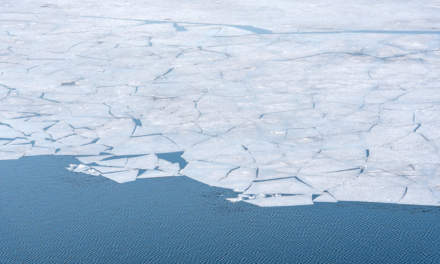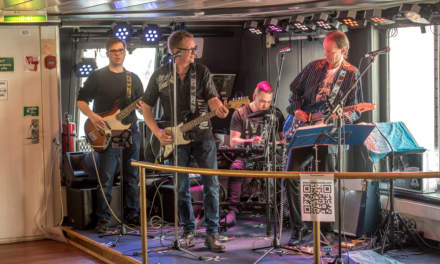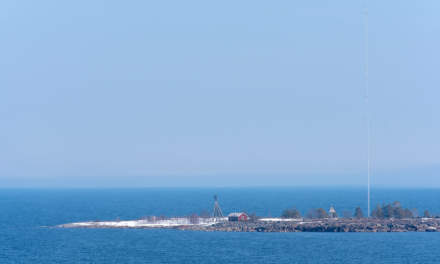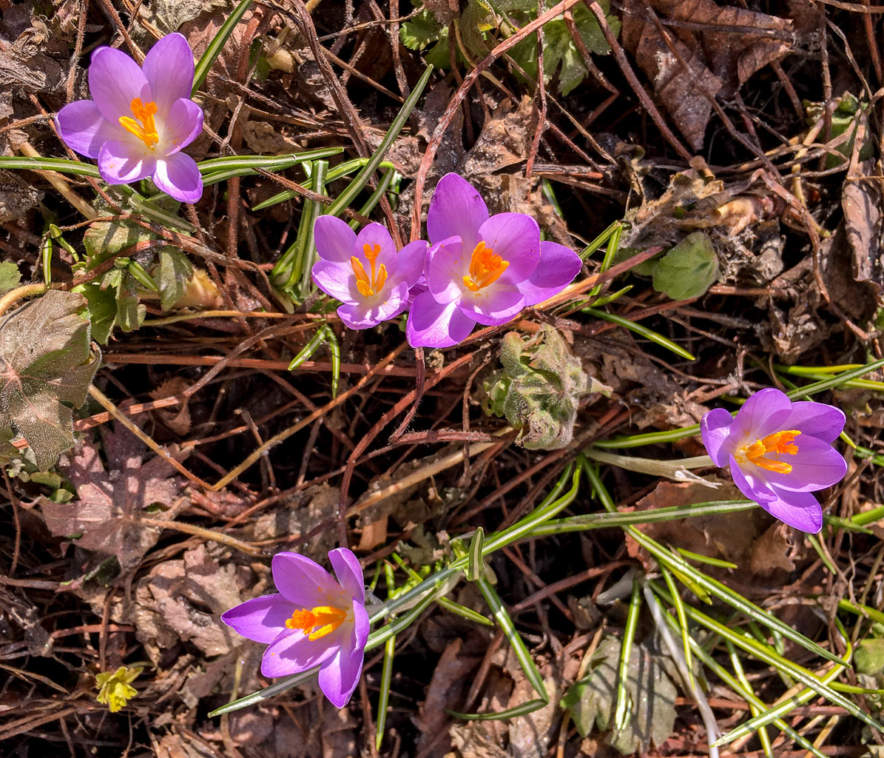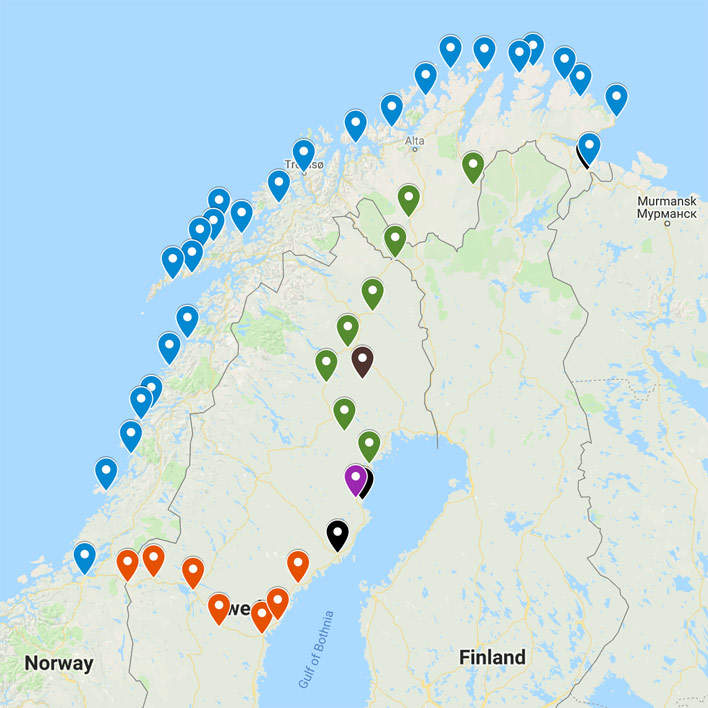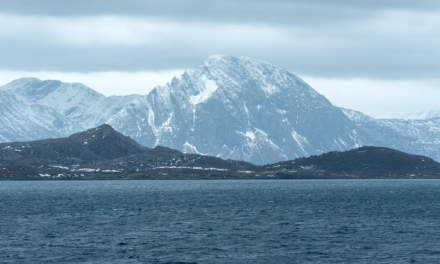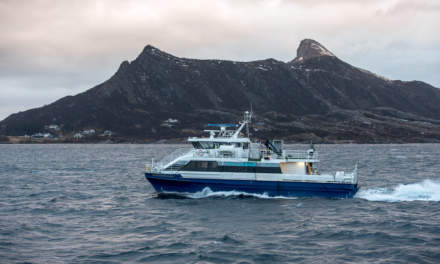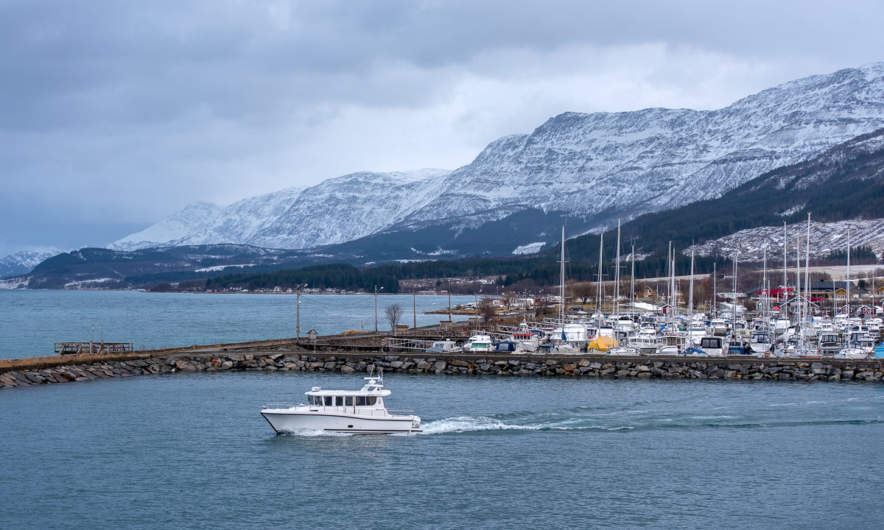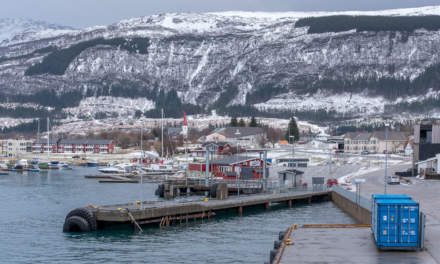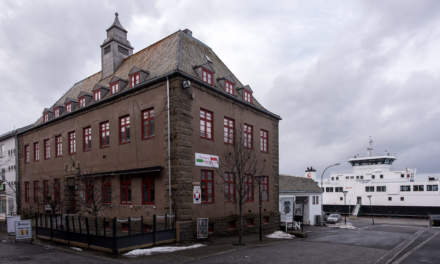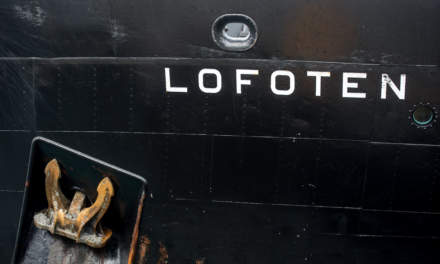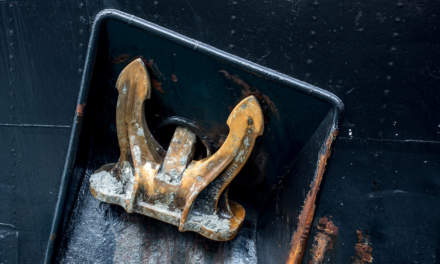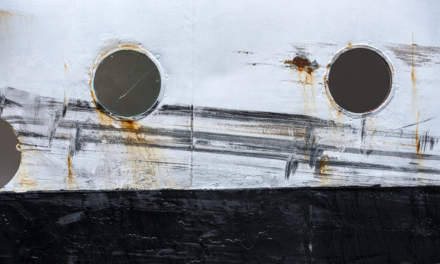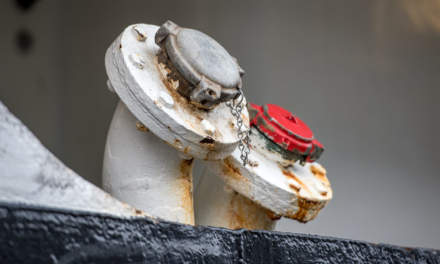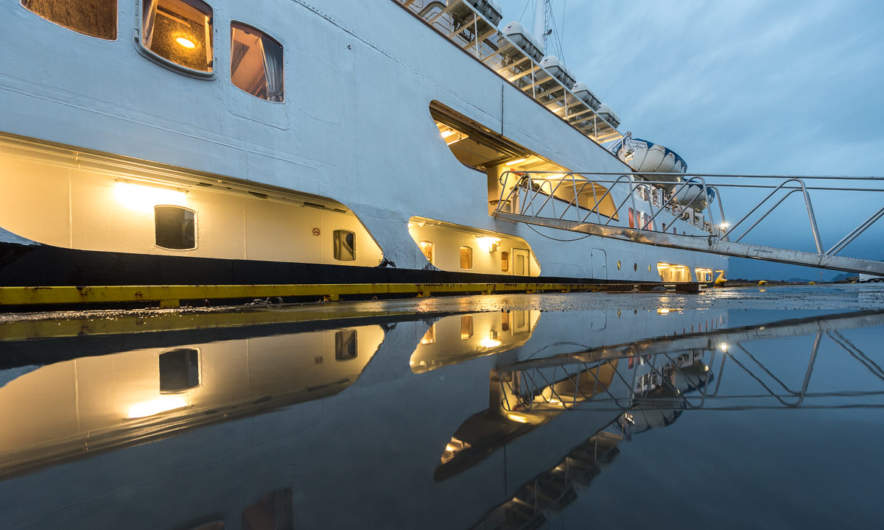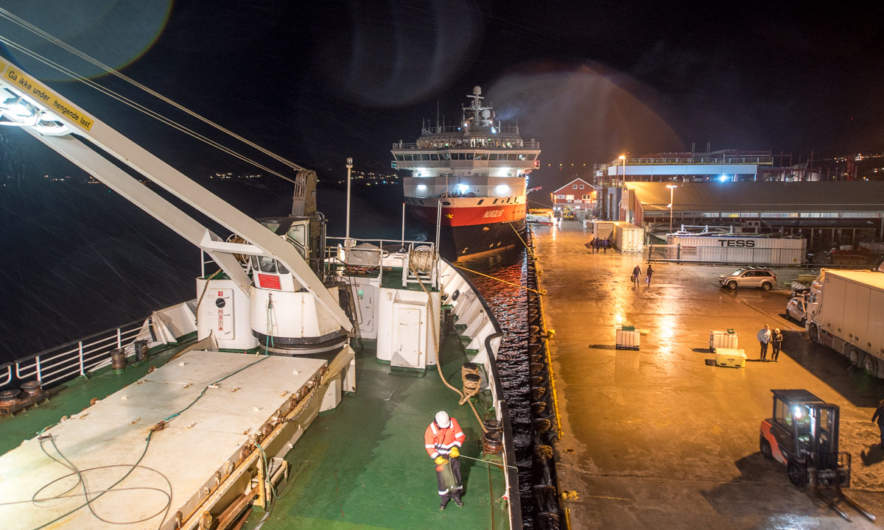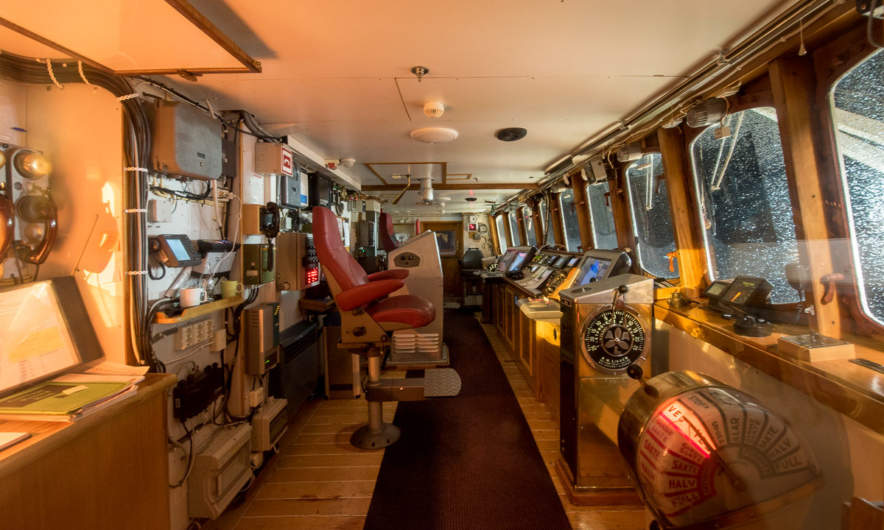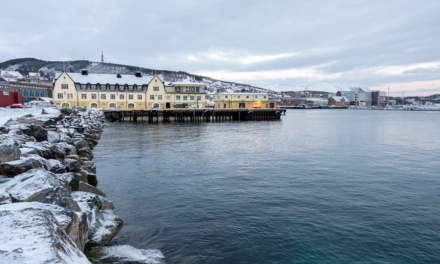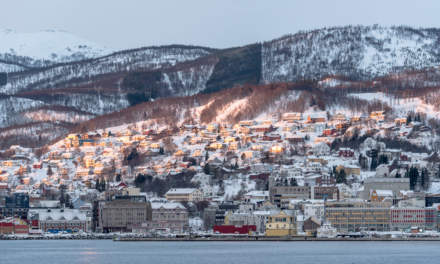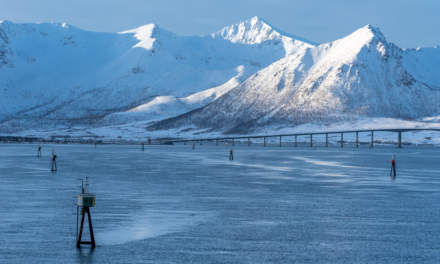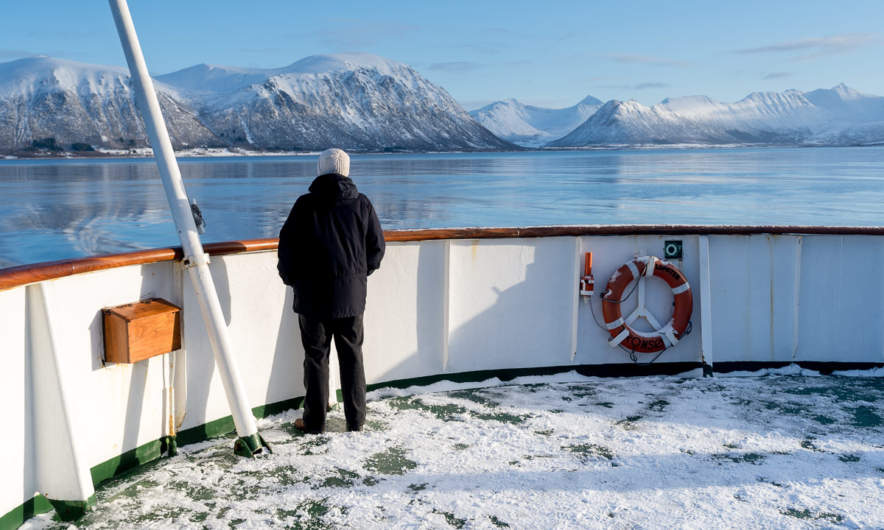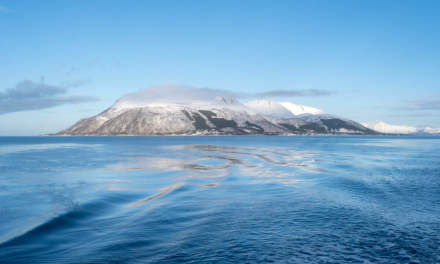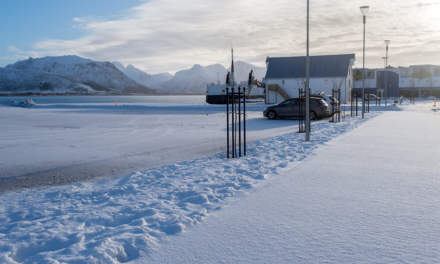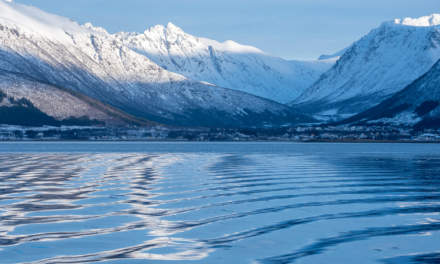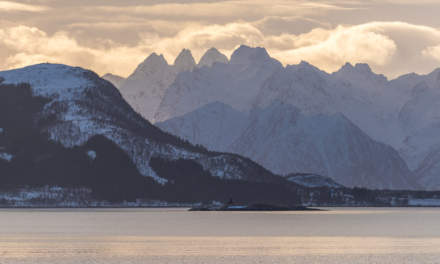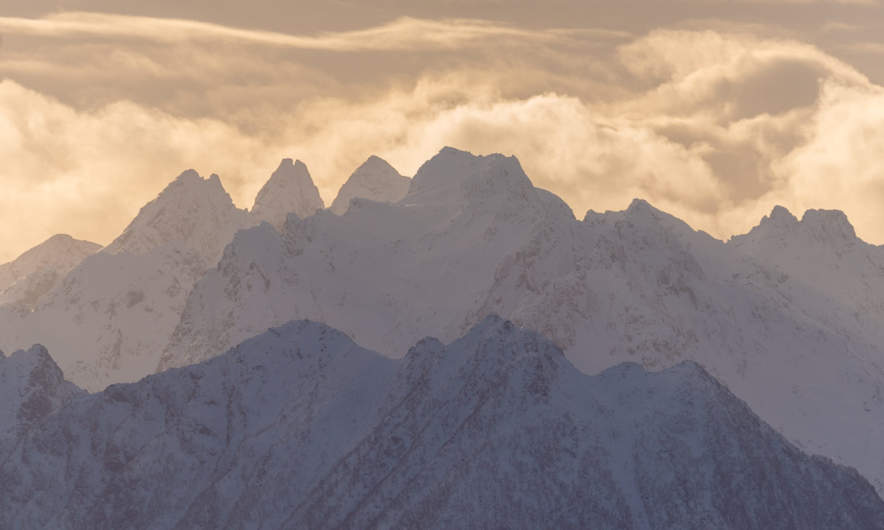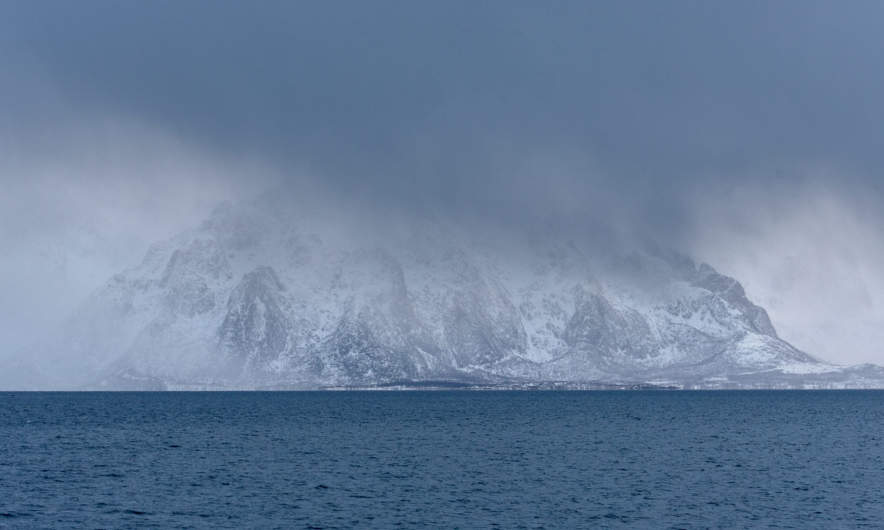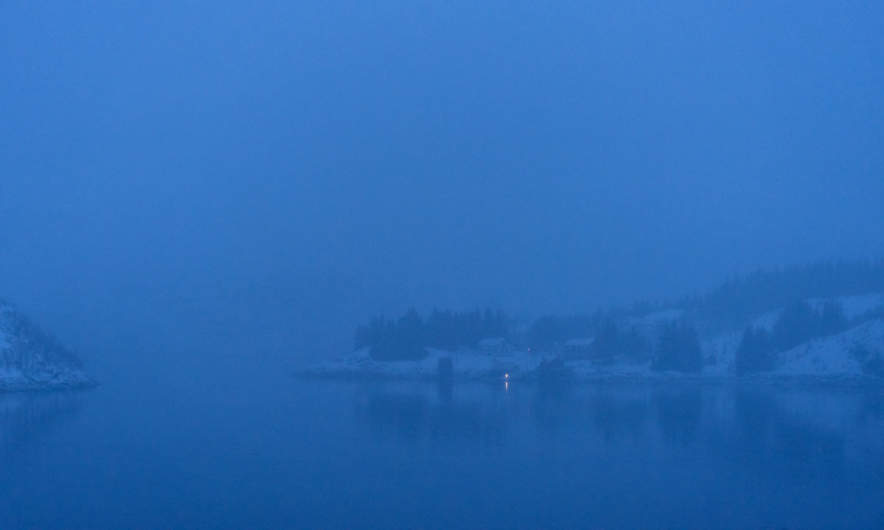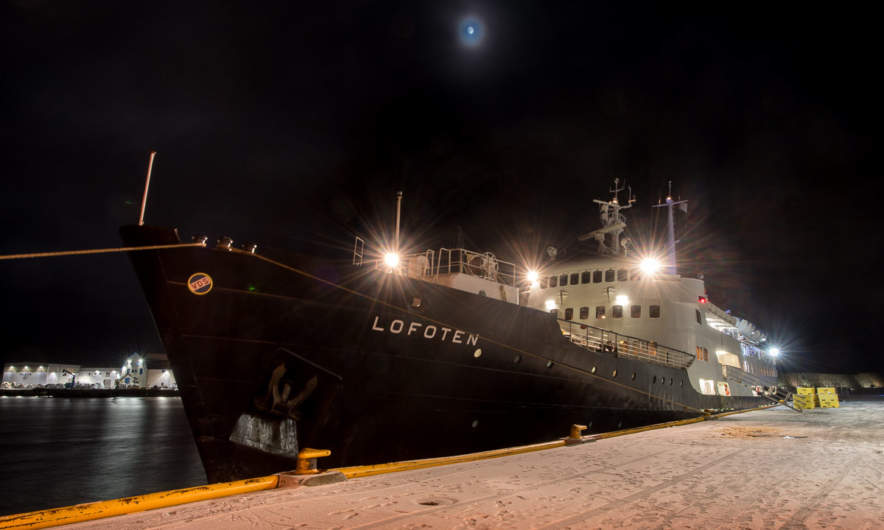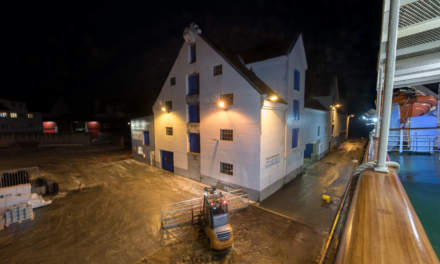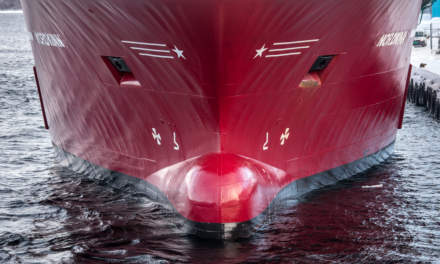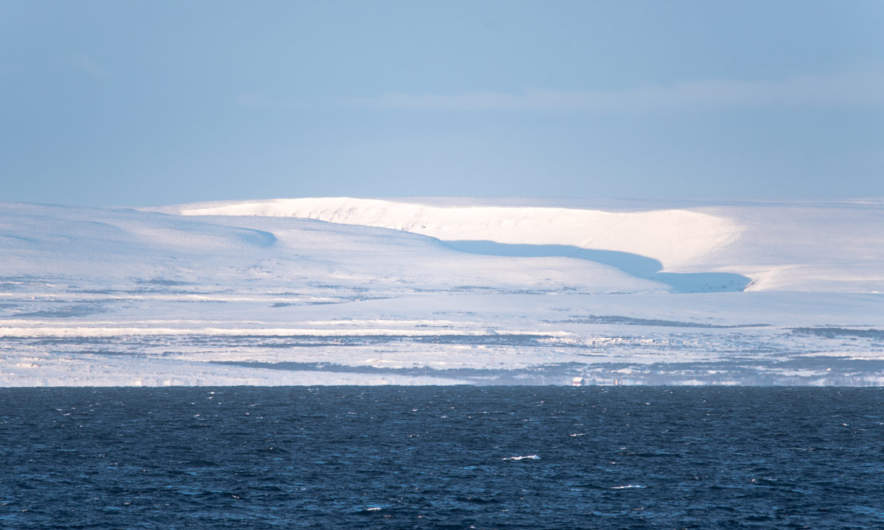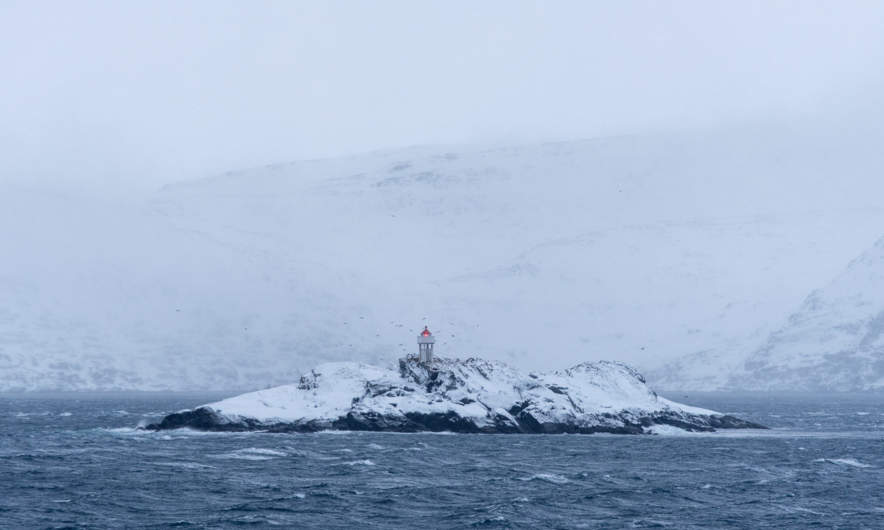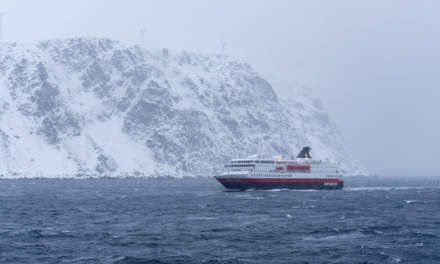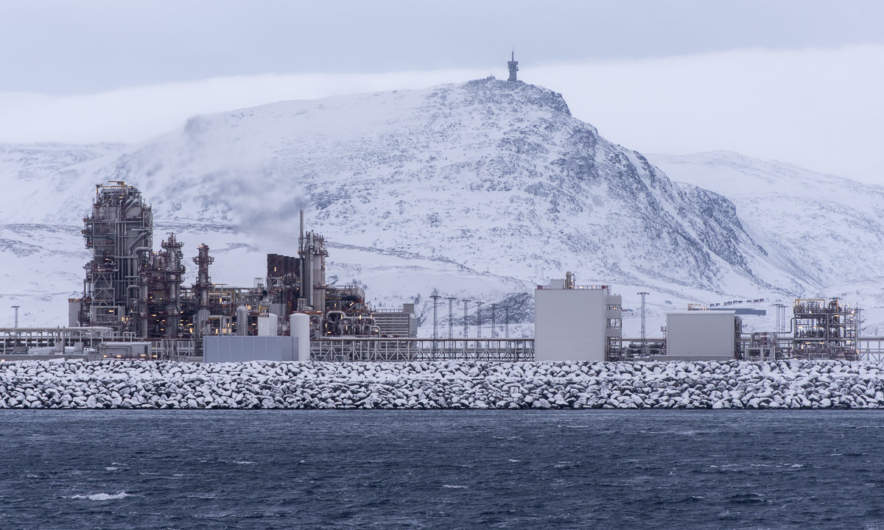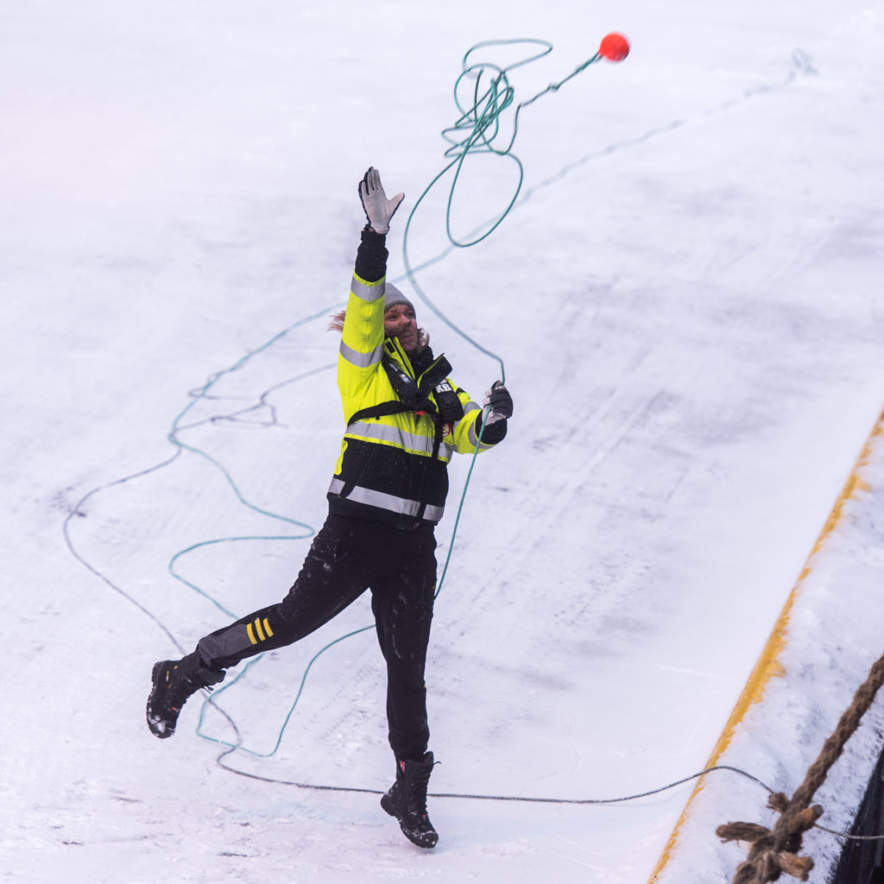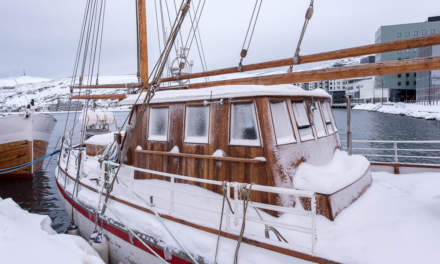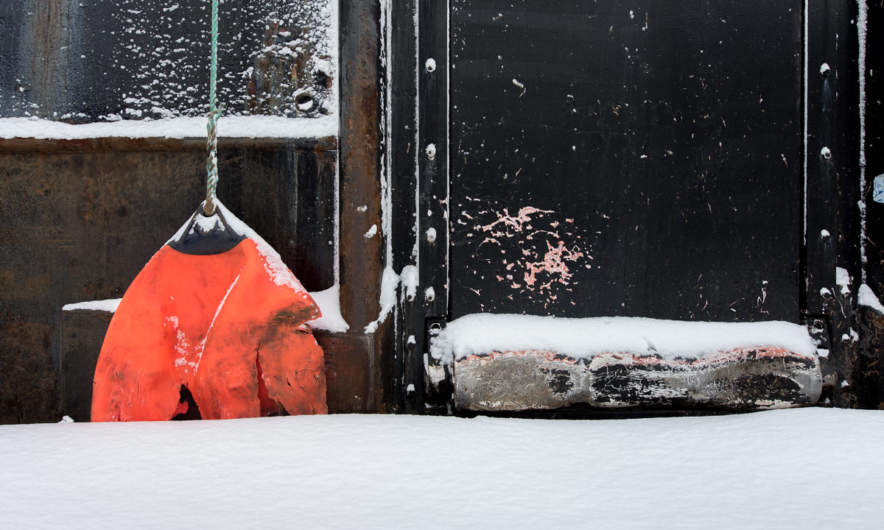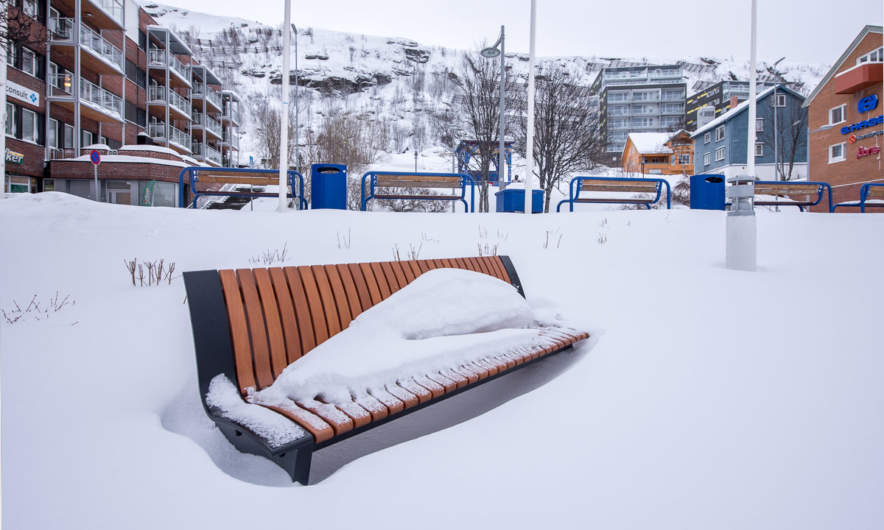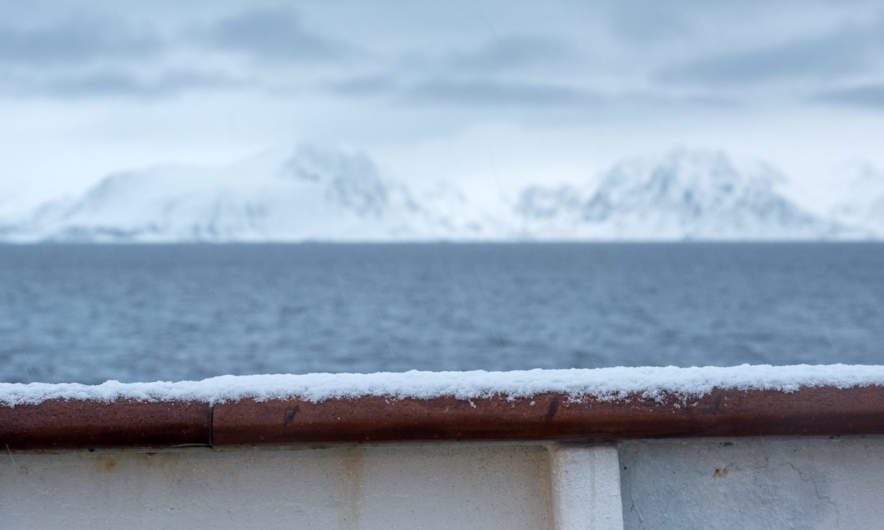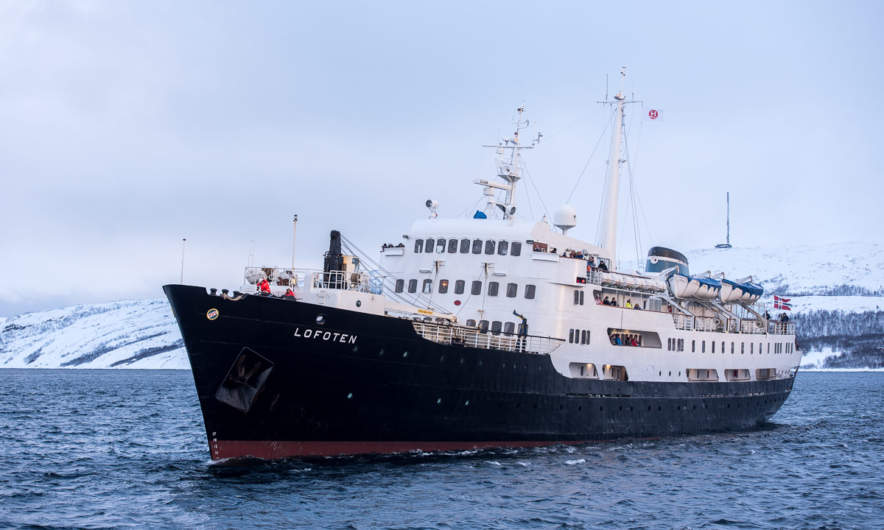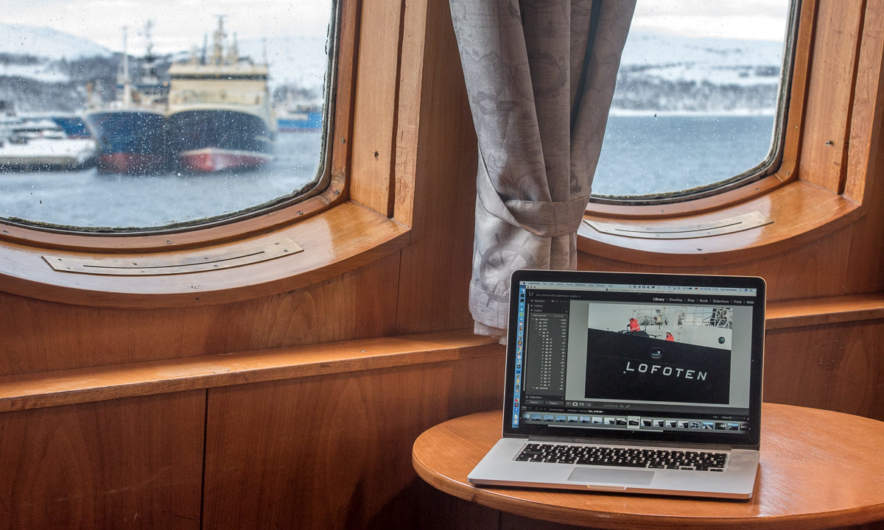Last Monday Annika and I travelled to one of Umeå’s nearest neighbouring cities: Vasa. Vasa is located in Finland and the fastest and easiest way to get there from Umeå is by ferry. Taking the car round Kvarken and the Bothnian Bay – the northernmost parts of the Baltic Sea – would be more than 800 km.
2. April – sunny Islands, cormorants and bad roads
The forecast promised sunny weather and I wanted to flee the town of Vasa (round 68000 inhabitants). Our plan was to explore some of the large islands of the Kvarken Archipelago which consists of several thousands of islands and islets.
We left Vasa municipality and entered Korsholm municipality. In Alskat we left the Finnish mainland, took a bridge to the island Fjärdskäret and then the large bridge Replot bron – more than a kilometre long – to the Björkö skärgård.
We made a short stop at the church in Björköby, the main village of Björkö. To our surprise the church wasn’t locked and we could enter. Probably it was only open for the handyman working there. I even went up to the organ but I didn’t dare to climb the clock tower without asking.
From Björköby it’s not far to Svedjehamn, a boat harbour. The coastal sea was still covered with ice and no boat could be seen. Probably many of the boats were in the red boathouses, that were everywhere.
We looked around, then we followed a path to the large observation tower, which is dark and almost 20 metres high. An eye-catching landmark. Beside of some ice fishers that parked their cars at the coast, we were completely alone. Only seabirds could be heard, mostly the typical honking call of the Whooper Swans.
From the tower we had a nice view both over land and sea. The land was framed with ice, but further out the sea was open. Birds flew around, mostly Whooper Swans and small flocks of ducks (being shooed away by other birds). Suddenly a group of dark birds passed our tower, it was a flock of cormorants.
After a while of amateur bird watching we descended the tower and went back to the parked car. We were hungry and took the way back to the Replot Bridge, where we got a delicious lunch at Berny’s Café and Restaurant.
After that we headed for another island in the north. This was quite challenging to drive because larger parts of the way were covered with ice with deep ruts. I had to drive quite slow to keep on the way. In Köklot I made the photo of the only boat in the fishing port, later I just had to photograph the small red hovercraft. I would love to have such a vehicle that can access the sea the whole year round.
I followed the bad road for a while but finally I had to turn because all turnouts were closed. It took a long time to drive back and when we arrived in Vasa we both were tired.
Later this day: A dinner with Asian food, a small coastal walk in Vasa and a bit of luxury: Our flat had a tiny sauna.
3. April – history lessons, old Vasa and Indian food
Already the day before we had decided that we wanted to stay two other nights in the region of Österbotten. We had given Couchsurfing another try. We contacted K.D. that lives in the Korsholm municipality but he didn’t have any place for us. He suggested however that we could meet in the city. So Annika and I went to the monument on the market square where we met K.D.
We got an extremely interesting history lesson about Finland in General und Vasa, while we slowly walked through the city. I didn’t make a single photo, I was too eager listening. After some hours K.D. had to leave but he invited us to the museum Stundars for the next day.
Later we took the car to Gamla Vasa, the old town that burned down in 1852. Some walls, among others of the old church from the 15th century are still there.
Later this day: Indian food and another sauna session.
4. April – a meteorite, two museums and welcoming hosts
Already before the journey we learned about Söderfjärden, a large plain which is an impact crater of a meteorite impact 520 million years ago. The plain lies south of Vasa and we took the car there.
The exhibition at the crate’s centre was closed but outside there’s a model of our solar system. I never walked from the sun to Mercury, Venus, Earth, Mars, Jupiter and Saturn – here it was possible.
We only had limited time, so we took the car to Uranus and Neptune – two small blue-green orbs. Then we changed our perspective back to here and now. We saw the first cranes of the year, more geese and more whooper swans.
From Söderfjärden we drove to the museum Stundars, which is quite nearby. We met K.D. again who had opened the “Smedens stuga” – the cabin of the smith – together with a colleague. We thanked for the day before and had an interesting talk about history and now.
We couldn’t stay for long because we had another appointment. When we had stood on the deck of the ferry three days ago we got in contact with S.. He gave us his phone number and this day we met him in Malax where he opened the Kvarkens Båtmuseum and gave us a private guided tour.
I was deeply impressed by the boat that was used for seal hunting. The hunters lived on the ice for several months with nothing but their boat to live in. We do not talk about the middle age, we talk about the 20th century. The last time this boat was used for seal hunting was in 1963, only five years before I was born!
Through Couchsurfing Annika got in contact with A. and M. who live in Västerhankmo, north from Vasa. We were welcome to live with them for two days, although they had other guests and one of the sons would return from Australia the very same day. We felt honoured that we could stay anyway. We drove to their house, where we were shown a huge couch to sleep over and got in contact with the residents – both human and feline.
Later this day: z-z-z-z
5. April – cloudy weather and a bilingual car trip
The weather was cloudy and we were quite lazy. We had seen a lot the last days and we learned a lot. We learned especially a lot about the Finland-Swedes, the Swedish speaking minority in Finland. Although their nationality is Finnish they have Swedish as a first language. Österbotten is one of the regions in Finland with a lot of Finland-Swedes. In Vasa 25% have Swedish as a first language, in the neighbour municipality Korsholm it is 72%. All people mentioned above are Finland-Swedes and have Swedish as a first language.
The children grow up with Swedish and go to Swedish schools, where they will learn Finnish as a secondary language.
Even the culture is different. When Annika asked for (Finnish) tango events she was told that this would be more a Finnish thing and therefore not easy to find in Österbotten.
It is said, that “the” Finns are much more direct then “the” Swedes who try to avoid any conflict, when possible. I experienced the Finland-Swedes as more to the point than the Swedes and I have to admit, that I enjoyed it because of my own quite direct personality.
Back to 5. April. We took the car and travelled around, first to some other islands.
In Isokyrö we stopped for the old stone church, built between 1513 and 1533.
Temperatures were above zero and everything looked grey and dull. The leftover snow was wet and the gravel roads were muddy. When we returned to our overnight place my car looked really dirty – but in their special way the dirt patterns were beautiful anyway.
Later this day: Having a good time with M., A., and family including a very tasty meat soup with homemade bread and petting the cute cat
6. April – with the Ferry to Umeå
6:40: the alarm rings – 7:05: we sneak out of the house (we said goodbye the evening before) – 7:45: we roll on board of the ferry – 9:00: the ferry starts its journey back to Sweden – 12:30 (Swedish time): we arrive in Holmsund, 20 km from Umeå.
Thank you, K.D, thank you S. “för trevlig sällskap” – for nice company!
Thank you, M., A. and family – for your hospitality and “för trevlig sällskap” as well!
Later this day: The first flowers of the year:

